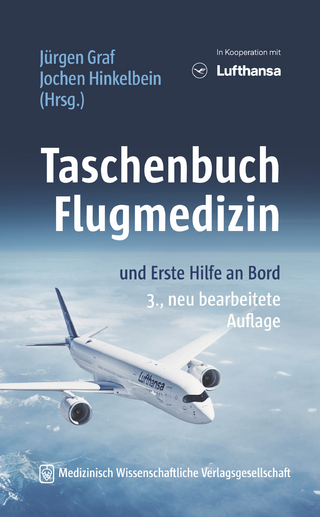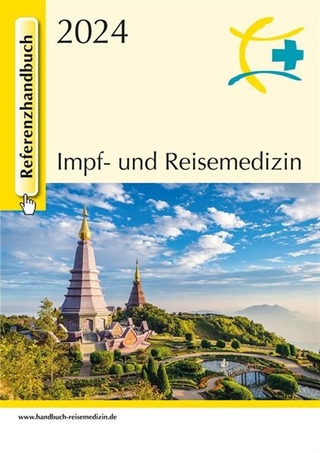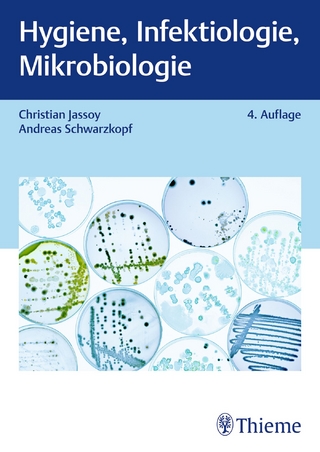
Pseudomonas aeruginosa
Springer International Publishing (Verlag)
978-3-031-08493-5 (ISBN)
This book covers the wide set of well-regulated virulence factors and defense mechanisms of Pseudomonas aeruginosa focusing on stress responses and the evolution of this opportunistic human pathogen.
Pseudomonas aeruginosa is responsible for one out of ten hospital infections. Additionally, this Gram-negative bacterium is accountable for persistent infections in immunocompromised individuals and the leading cause of chronic lung infections in cystic fibrosis patients.
This book provides insight on the metabolic versatility of Pseudomonas aeruginosa and its mechanisms for biofilm formation that make this organism highly efficient in causing infections. The book invites the readers to learn more about the intrinsic ability of Pseudomonas aeruginosa to resist a wide variety of antimicrobial agents due to the concerted action of multidrug efflux pumps, antibiotic-degrading enzymes, and the low permeability of bacterial cellular envelopes. Particular focus is put on the evolutionary role of different types of protein-secretion systems in pathogenesis, flagella and their role in chemotaxis and surface sensing, and host-pathogen interactions.
This book is a useful introduction to the field for junior scientists interested in the biology and pathogenesis of Pseudomonas aeruginosa. It is also an interesting read for advanced scientists and medical specialists working within this field, providing a broader view of the topic beyond their specific area of specialization.
lt;p>Alain Filloux is a Professor in Molecular Microbiology at Imperial College London (UK) and is based at the MRC Centre of Molecular Bacteriology and Infection (CMBI) since 2007. His research focuses on bacterial pathogenesis, molecular mechanisms of protein secretion, biofilm formation, and regulation of gene expression, using the bacterial pathogen Pseudomonas aeruginosa as model organism. He has made relevant contributions to the area of secretion systems biofilm formation, c-di-GMP signaling, and type VI secretion system (T6SS) in Pseudomonas aeruginosa. He was Editor-in-Chief for FEMS Microbiology Reviews from 2013-2018 and is the Editor-in-Chief for npj Biofilms and Microbiomes. He is a member of the European Academy of Microbiology (2016), Fellow of the American Academy of Microbiology (2017) and Fellow of the Royal Society of Biology (2019).
Juan L. Ramos is Full Professor at the Spanish National Research Council (CSIC in Granada (Spain). His research interest focuses on the biology and gene regulation of environmental Pseudomonas. He was editor for The Journal of Bacteriology (1998-2007) and from 2008 has been Associate Editor for Environmental Microbiology and EMI Reports. At present he is Editor-in-Chief for Microbial Biotechnology. In 2012 he was awarded the Jaime I Award for Environmental Protection and in 2013 he received the Lwoff Medal from FEMS. He is an elected member of the European Academy of Microbiology, Fellow of the American Academy of Microbiology and an elected member of the Academy of Science of Granada (medal 13).
Part I. Biology and Evolution of Pseudomonas aeruginosa.- Pseudomonas aeruginosa Pangenome: Core and Accessory Genes of a Highly Resourceful Opportunistic Pathogen.- Iron Homeostasis in Pseudomonas aeruginosa: Targeting Iron Acquisition and Storage as an Antimicrobial Strategy.- Controlling Biofilm Development Through Cyclic di-GMP Signaling.- Pseudomonas aeruginosa Quorum Sensing.- Antibiotic Resistance in Pseudomonas.- Part II. Cell Envelope and Secretion Systems.- Cell Envelope Stress Response in Pseudomonas aeruginosa.- Flagella, Chemotaxis and Surface Sensing.- Antimicrobial Weapons of Pseudomonas aeruginosa.- Pseudomonas aeruginosa Antivirulence Strategies: Targeting the Type III Secretion.- Part III. Pathogenesis and Virulence.- What Makes Pseudomonas aeruginosa a Pathogen?.- Transcriptional Profiling of Pseudomonas aeruginosa Infections.- Molecular Mechanisms Involved in Pseudomonas aeruginosa Bacteremia.- Pseudomonas aeruginosa in the Cystic Fibrosis Lung.- Role of Two Component System Networks in Pseudomonas aeruginosa Pathogenesis.- Mixed Populations and Co-Infection: Pseudomonas aeruginosa and Staphylococcus aureus.- How to Manage Pseudomonas aeruginosa Infections.
| Erscheinungsdatum | 21.10.2023 |
|---|---|
| Reihe/Serie | Advances in Experimental Medicine and Biology |
| Zusatzinfo | XVII, 445 p. 69 illus., 55 illus. in color. |
| Verlagsort | Cham |
| Sprache | englisch |
| Maße | 178 x 254 mm |
| Gewicht | 876 g |
| Themenwelt | Medizin / Pharmazie ► Medizinische Fachgebiete ► Mikrobiologie / Infektologie / Reisemedizin |
| Naturwissenschaften ► Biologie ► Mikrobiologie / Immunologie | |
| Schlagworte | antibiotic resistance • Biofilms • Cystic fibrosis • multidrug resistance • nosocomial infections • Opportunistic Human Pathogen • Protein Secretion Systems • Pseudomonas • quorum sensing • Virulence |
| ISBN-10 | 3-031-08493-4 / 3031084934 |
| ISBN-13 | 978-3-031-08493-5 / 9783031084935 |
| Zustand | Neuware |
| Haben Sie eine Frage zum Produkt? |
aus dem Bereich


